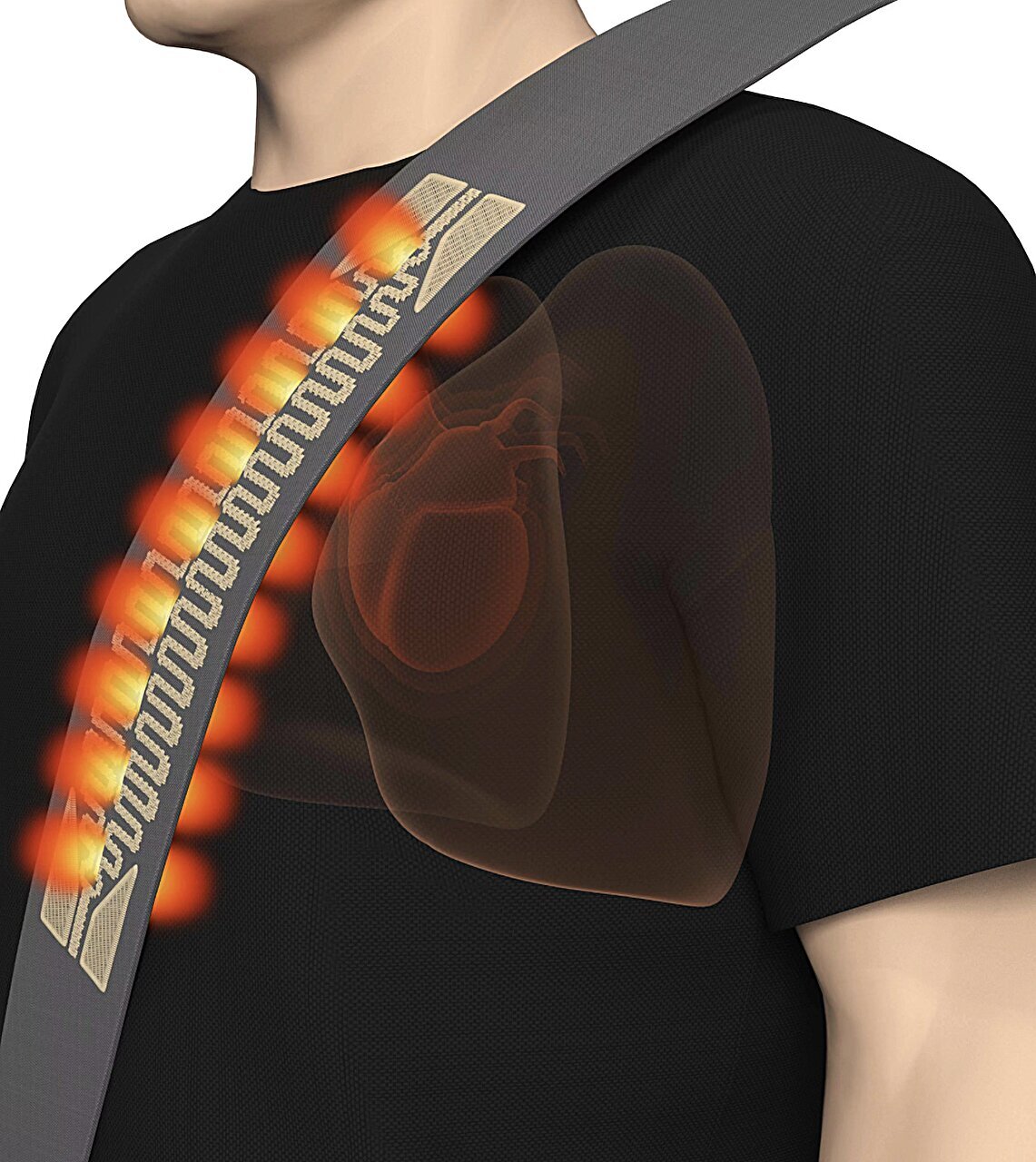Seat belts are designed to monitor the driver's heart rate and breathing
Scientists from the National University of Singapore and Tsinghua University have developed seat belts with integrated biosensors to monitor the driver's heart rate and breathing without coming into contact with his body. This invention could improve road safety by preventing accidents related to fatigue or stress while driving.

The new sensor, created using metamaterials, can detect subtle body movements even under vibration and noise conditions typical of cars. To do this, special conductive threads are sewn into the seat belt material, which enhance radio waves and interact with the human body.
According to the developers, current monitoring devices often break when the vehicle moves due to vibration noise, but their new biosensor successfully overcomes this problem.
The seat belts were tested in a variety of conditions: in airplane seat simulations and in cars on a 1.5-hour route in Singapore. The sensor reliably records the driver's heart rate and breathing rate, despite vibrations and changes in road conditions. Furthermore, the system successfully detected changes in a person's physiological state, such as transitions between sleep and wakefulness.
In the future, the developers plan to miniaturize the device for mass production, as well as create algorithms to analyze the driver's condition and identify signs of fatigue or stress.
 © Zeng et al.
© Zeng et al.




Leave a Reply